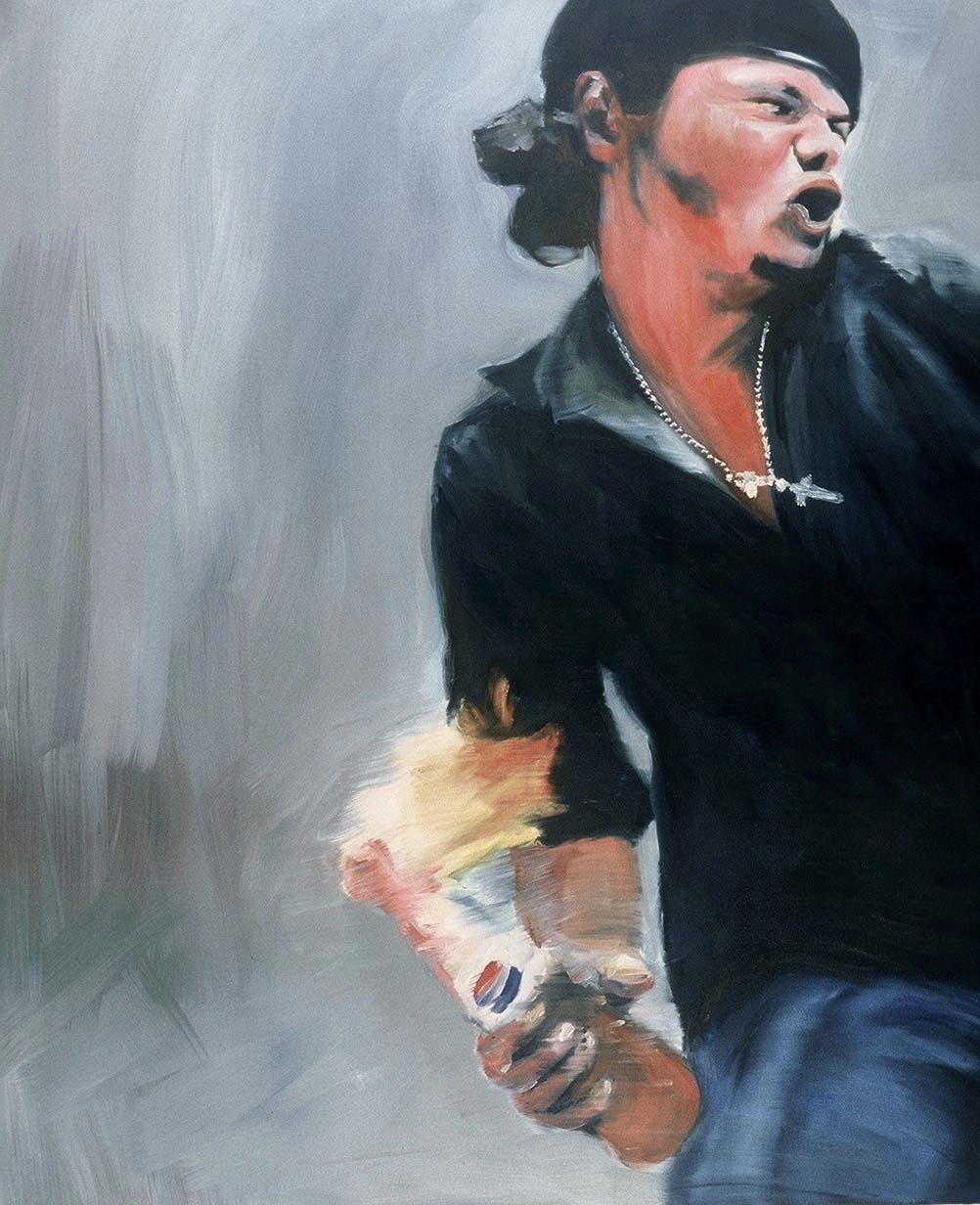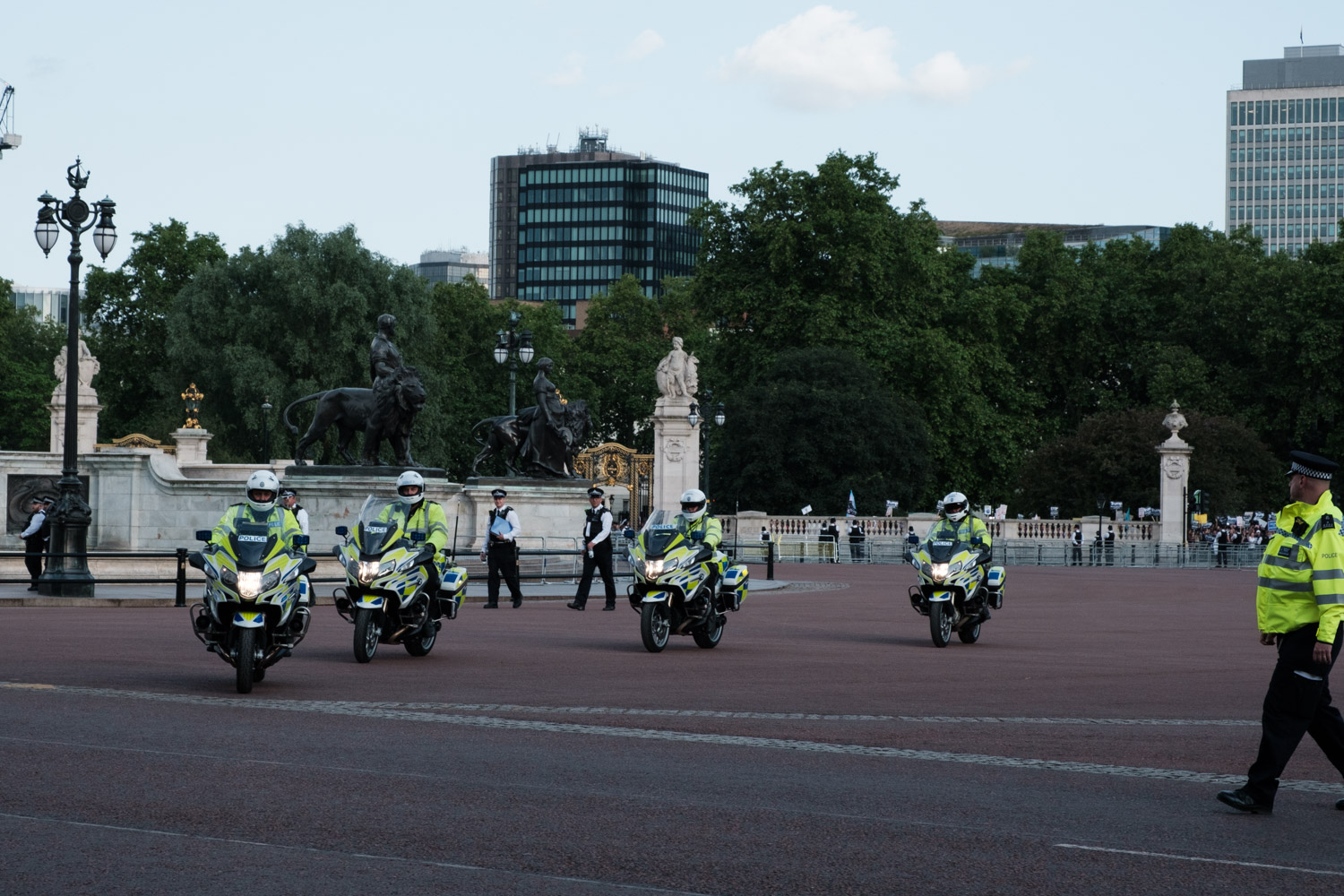Developing the Theme
In developing the theme for this assignment, I considered re-contextualising images, either by altering the storyline, where it is used, or by altering the image itself. Consider the case of the ‘Molotov Man’:
‘…our very habit of the use of language “naturalizes” the relation to objects around us. It is in this sense that the world is what we make it in language, and that is why language itself is so often the site of ideological struggle. Is a picture of someone throwing a bomb a picture of a “terrorist” or a “freedom fighter”? The same visual signifier can have a different … meaning, depending on the viewers and their viewpoints.’ (Bate, 2009, p20).
This can be illustrated by Meisela’s image of Pablo ‘Bareta’ Arauz, that later morphed into the “Molotov Man”.

The Sandinistas considered themselves freedom fighters; the sitting government considered them terrorists. This picture could reinforce either viewpoint. Apart from altering the context (but not the image), the image can be recontextualized through alteration. Consider Garnetts’ painting of the Molotov Man:

Short notes (Short, 2011) that the painting above represents the subject as a random rioter expressing anger not a freedom fighter fighting for justice.
With this theme in mind, I have taken the opportunity of the Trump visit, taking photographs of supporters of Trump or those protesting Trump. Where possible I have used the same image to illustrate both sides of the story.
Technical Approach
Camera settings: ISO 800, aperture priority, auto focus
No technique was used for taking photographs. Change in context was achieved by adjusting crop, adjusting exposure, contrast etc, and by altering the wording in captions.
Body of Work
The anti-Trump series is shown below:

Demonstrator displays a demonic looking Trump on his clothing 
US drone strikes in Yemen is a major cause for concern 
Protesters out against Trump’s fake tweets 
American population beginning to doubt Trump 
An empty Mall welcomes Trump, who then claims a warm welcome 
Protestors accuse Trump of racism. Police stand by protestors 
Trump sells his soul and the environment to gain votes in the rust belt 
Taxpayers bill for large police presence to protect Trump 
Protest against interference in British sovereignty
The pro Trump series is shown below:

Christians out in support of Trump 
Trump garners support for continued support in Iraq 
Gentle British humour welcomes Trump 
American expats out to welcome the sun and their President 
Even the Londoners are out to witness Trump’s arrival for the State banquet 
The sun has come out for Trump. Peaceful welcome, not the large protest expected 
Trump has been lauded for his radical approach to improving the domestic economy 
Calm ahead of Trump’s arrival 
A special relationship endures
Reflection
Demonstration of Technical and Visual Skills
(Materials, techniques, observational skills, visual awareness, design and compositional skills)
The techniques involved are undemanding, but regardless I feel that the resulting images demonstrate technical skill.
I was consciously composing the image, even though sometimes fast reactions were required. I am comfortable with the resulting composition and the images I hope show that I have been visually aware.
Quality of Outcome
(Content, application of knowledge, presentation of work in a coherent manner, with discernment)
I have attempted to demonstrate that the context of the photograph is affected by composition, by where it is displayed (in this case by being displayed in the anti or pro Trump section), by subtle post-production lighting changes (to be perceived as high or low spirit) or by the text accompanying the images. This approach appears to be successful.
Demonstration of Creativity
(Imagination, experimentation, invention, personal voice)
This would appear to be a reasonably creative approach to the brief. I had alternative approaches that involved creating scenes, but they would not have been from real life as required and would have been extremely time consuming to set up. This response is taken from a real life and current situation.
I haven’t developed a personal voice yet, but irony and humour is something I would like to be carried forward in my street or documentary photography.
Context
(Reflection & Research)
I have tried to use the same images, with the same visual signifiers, to convey different meaning as Bates notes (Bates, 2009). That each viewer will see the same image differently, I have limited the flexibility of the viewer to do this, by explicitly classifying the images for the viewer. In one sense this may be liberating for the viewer but in another the viewer may experience discomfort if they subconsciously disagree with the classification – they will find it ‘jars’.
Does the viewer feel they have been manipulated or are they content to be led down the path I am taking them down? I am satisfied that the image sets can be seen in the context I intended, but I will leave each viewer to judge for themselves.
Tutor Feedback
My tutor provided the following constructive criticism:
Awaiting feedback
Bibliography
Bate, D, (2009). Photography: The Key Concepts. London: Berg.
Short, M, (2011). Creative Photography: Context and Narrative. Lausanne: AVA
